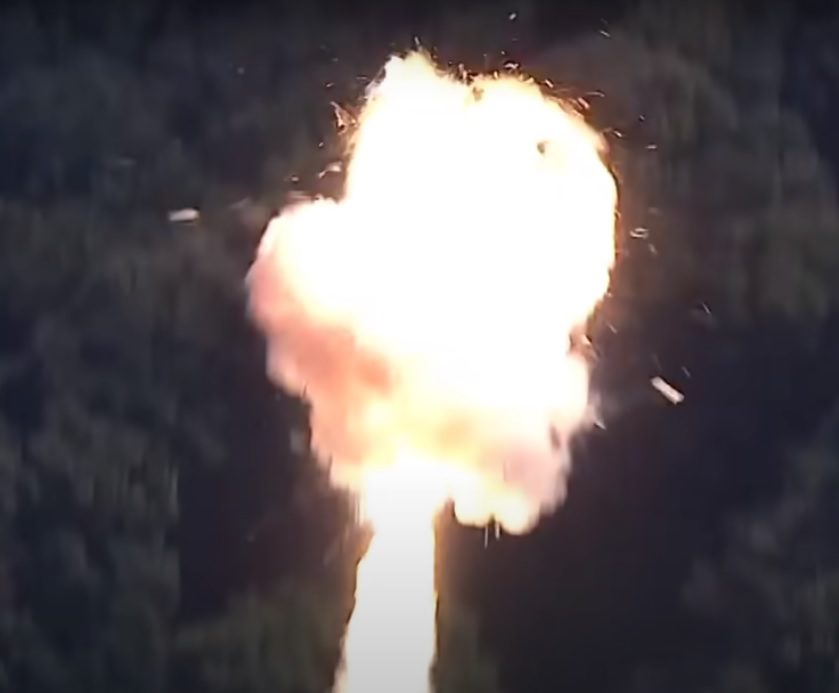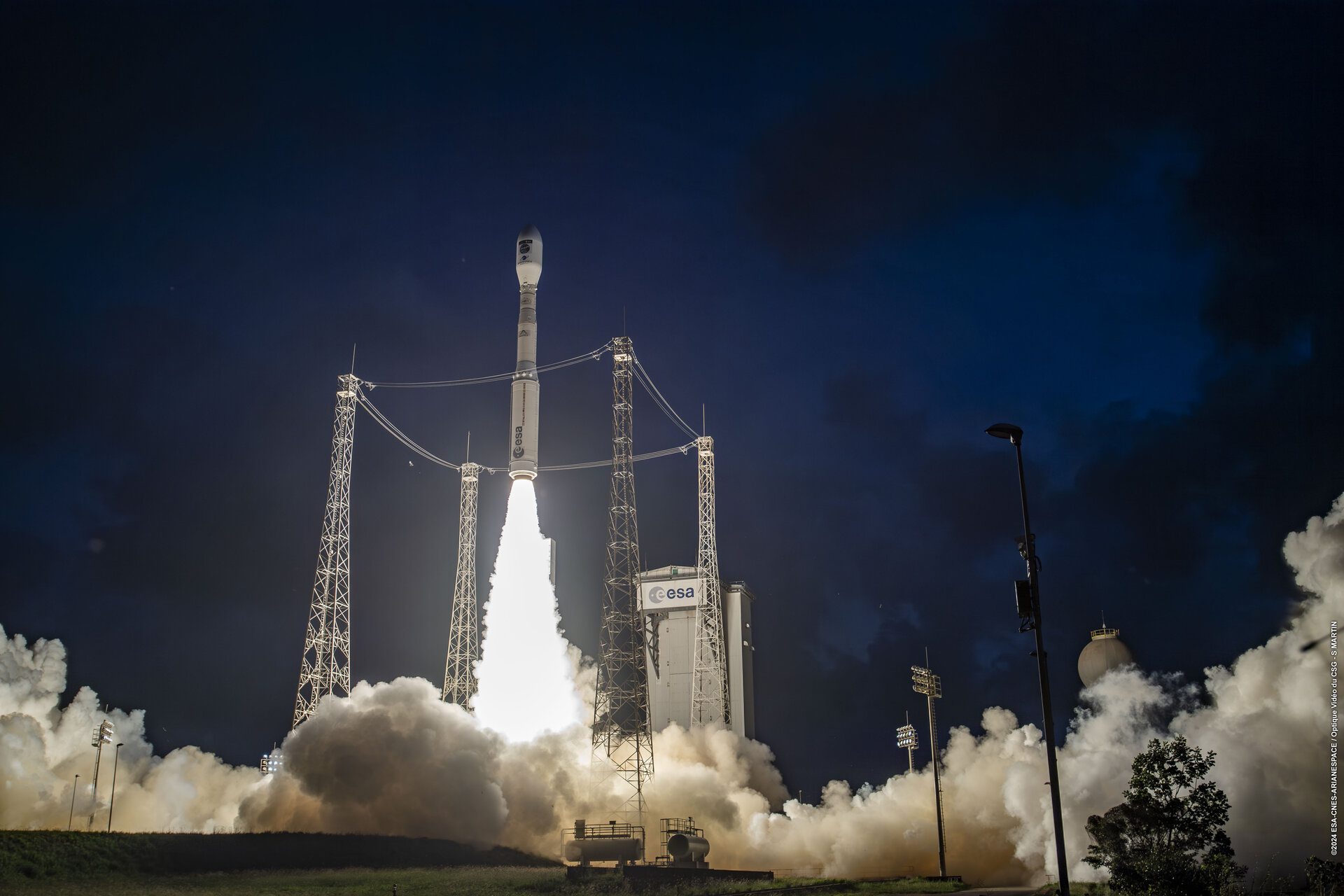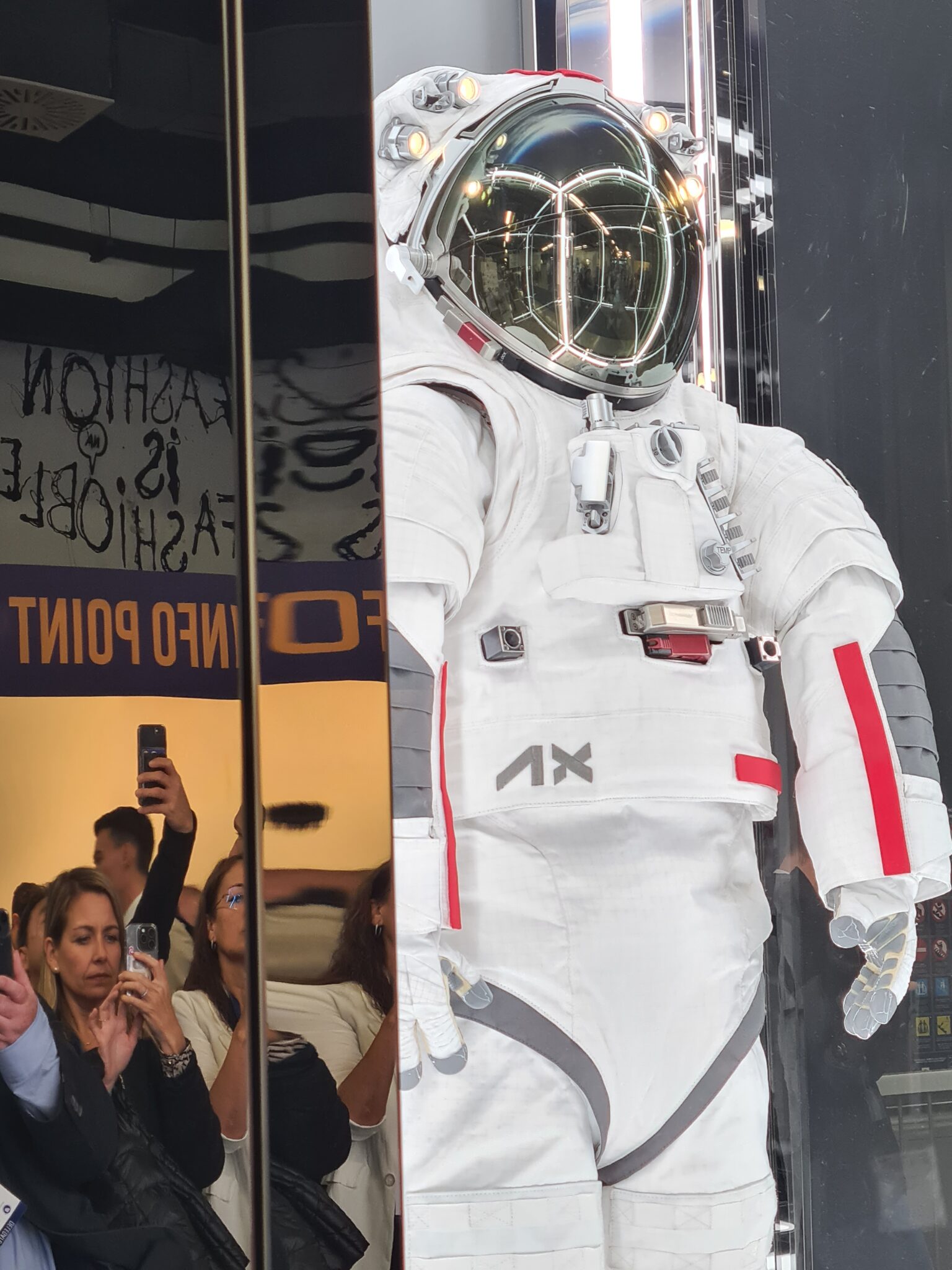In a tragic accident, would-be suborbital space tourism operator, Virgin Galactic, has suffered a total failure of its SpaceShipTwo passenger carrying vehicle during a test flight. The air-dropped spaceplane broke apart shortly after ignition of its hybrid rocket engine. The failure is thought to have been caused by the premature deployment of the tail “feathering” system. One of the two pilots aboard was killed. The rocket-plane was insured under an aviation hull insurance policy for an insured value of US$48 million.
The test pilot of the rocket-craft, Pete Sebold, 43, ejected, to land, seriously injured, in his ejector seat/escape pod. Sadly, however, his co-pilot, Michael Alsbury, 39, was killed as SpaceShipTwo crashed back to Earth in Mojave Desert in California where the test flight took place. The pilots were both believed to have been insured under personal accident policies.
The cause of the accident is not yet fully known. However, initial theories that the explosion had been caused by engine or propellant tank failure have now been discounted after these items were found, more or less intact, on the ground. Instead, it is now thought that the tail plane “feathering” system, which is designed to stabilise and slow the suborbital spacecraft during re-entry, had been deployed accidently at too early a stage in this test flight (it was deployed during the powered ascent at just after Mach 1 rather than as planned in the coast mode while doing Mach 1.4).
The US National Transportation Safety Board (NTSB), which is investigating the accident, disclosed that telemetry had shown that the “feathered wing” deployment mechanism had been prematurely “unlocked” by the co-pilot, Michael Alsbury, soon after Mach 1 had been passed, but that it had apparently been deployed without a command to do so. Aerodynamic buffeting may be the cause of the uncommanded deployment.
This deployment happened at the relatively low altitude of circa 50,000 feet. At this altitude, and with the vehicle having just breached Mach 1, SpaceShipTwo would have been close to the “Max Q” point of peak aerodynamic forces. The linked “feathered tail planes” would have had to force themselves into the supersonic air flow during the powered ascent, and, if they did not shear off first, they would be trying to pitch the rest of craft horizontally against the airflow, probably inducing a “tumble”. Either way, a feathered configuration SpaceShipTwo under these conditions would have been unlikely to have been able to withstand the aerodynamically induced stresses, with the inevitable result that a catastrophic break-up took place.
After a series of delays, with its planned first flight now several years late, the firm had been under pressure to accelerate its test programme, especially following a recent change in hybrid engine fuel from a “rubber” to a “polymeric plastic”. This was an attempt to increase SpaceShipTwo’s altitude performance to above 100km (328,000 feet)–the accepted boundary of space–and to improve the engine’s burning stability. It was concerns over the new fuel and the handling of the liquid oxidiser, that lead to initial suspicions that the cause of the test flight break up was engine or oxidiser tank failure. In Virgin Galactic’s case, the oxidiser which allows the fuel to burn, nitrous oxide (N2O), with its Triple Point of minus 90.81 degrees Celcius, is known to need very careful thermal handling to avoid the risk of explosion. It was an explosive nitrous oxide tank failure in July 2007 that killed three people during a Scaled Composites engine test programme for Virgin Galactic.
Sir Richard Branson, overall head of Virgin Galactic’s project to launch space tourists at US$250,000 a time, indicated that there was likely to be a very long delay before the next flight, and even that the entire future of the programme was uncertain. “We will not just push on blindly,” he said before adding: “To do so would be an insult to those affected by this tragedy.”
Comment by David Todd:
While this failure was not apparently caused by the engine, it is expected that there will be a full review of SpaceShipTwo’s hybrid engine design, which may result in a change to a more conventional bi-propellant rocket engine. This had been previously considered, but was reportedly rejected because of the extra delay the design change would cause. Given that the current accident investigation is likely to delay the next flight of the SpaceShipTwo craft by over a year, such a re-engining may now have time to take place.
We note that Sir Richard Branson has subsequently criticised “self proclaimed” experts who had rushed to conclude that the engine or its fuel system had blown up and how “risky” a system it was. Maybe so, but the fact remains that Virgin Galactic has been involved in the deaths of four humans to date. A high risk operation it remains.





